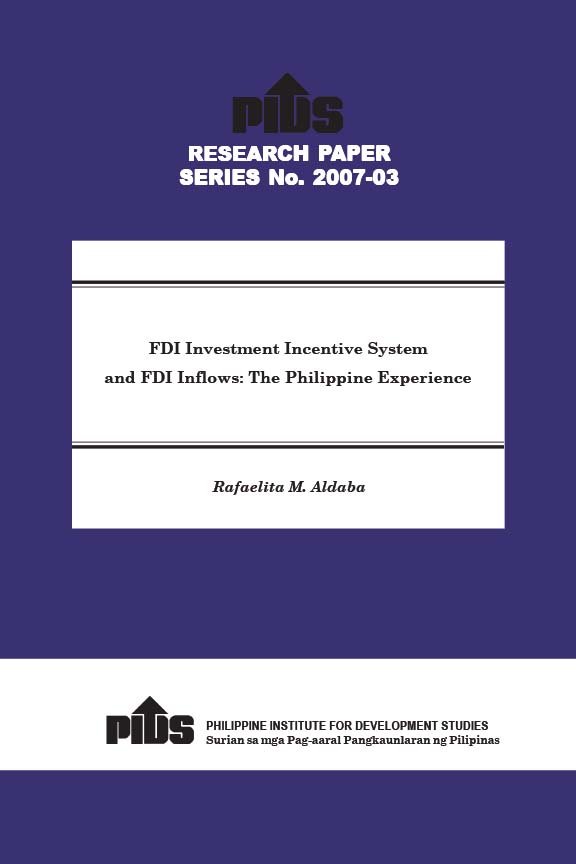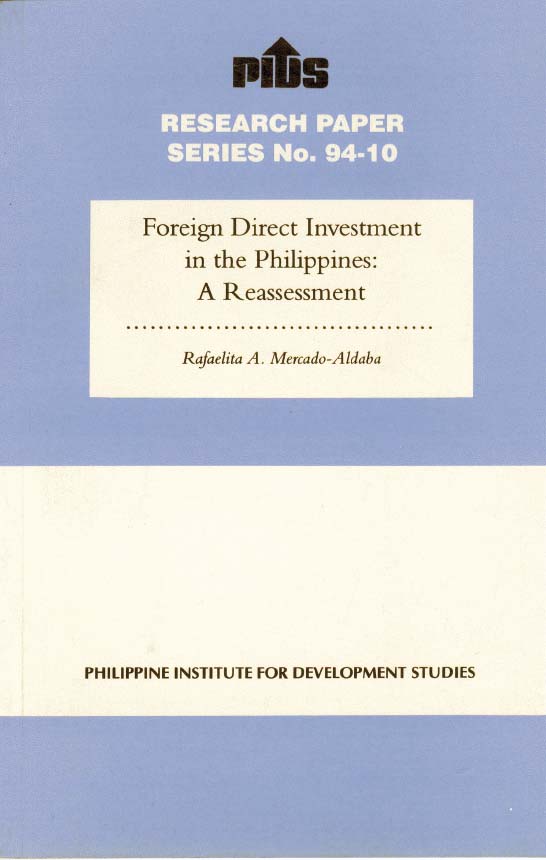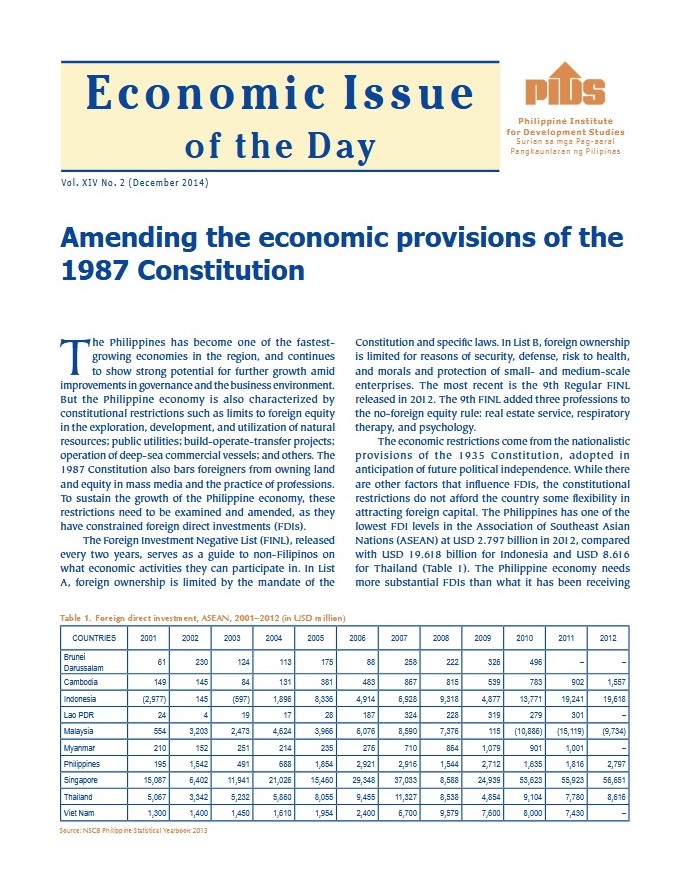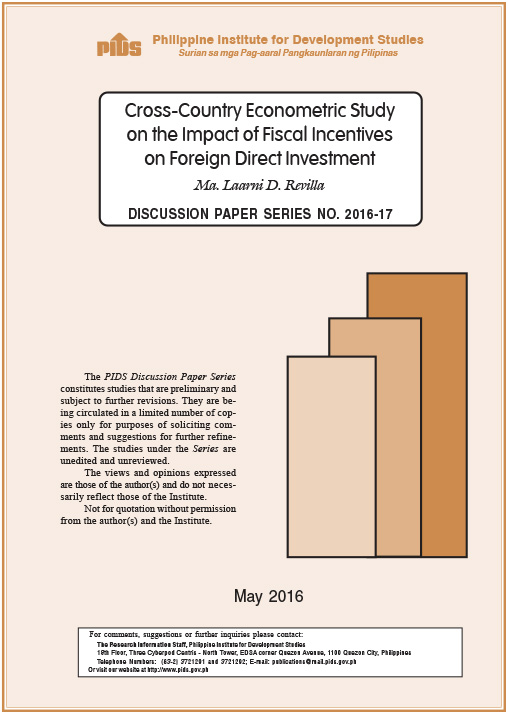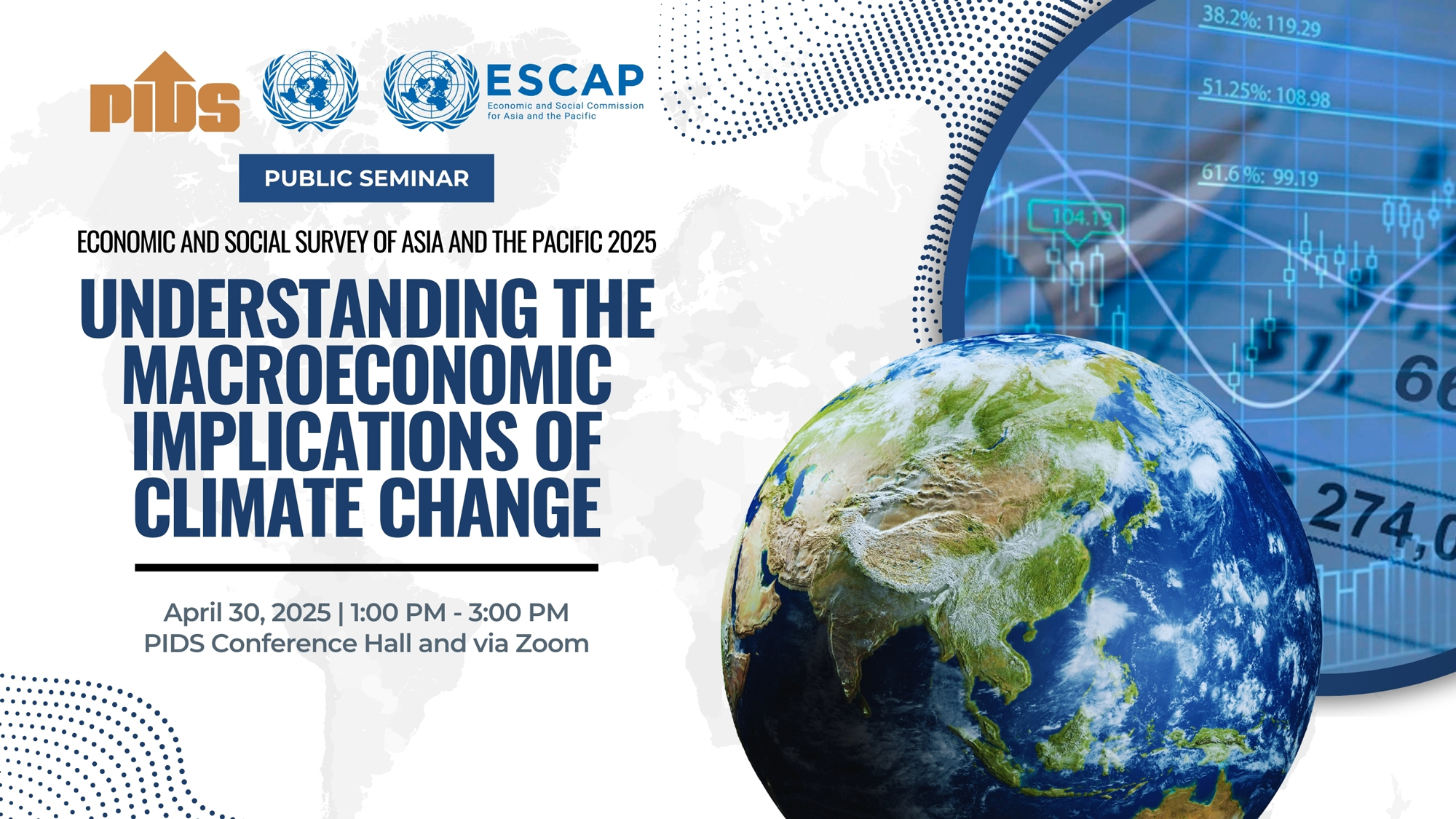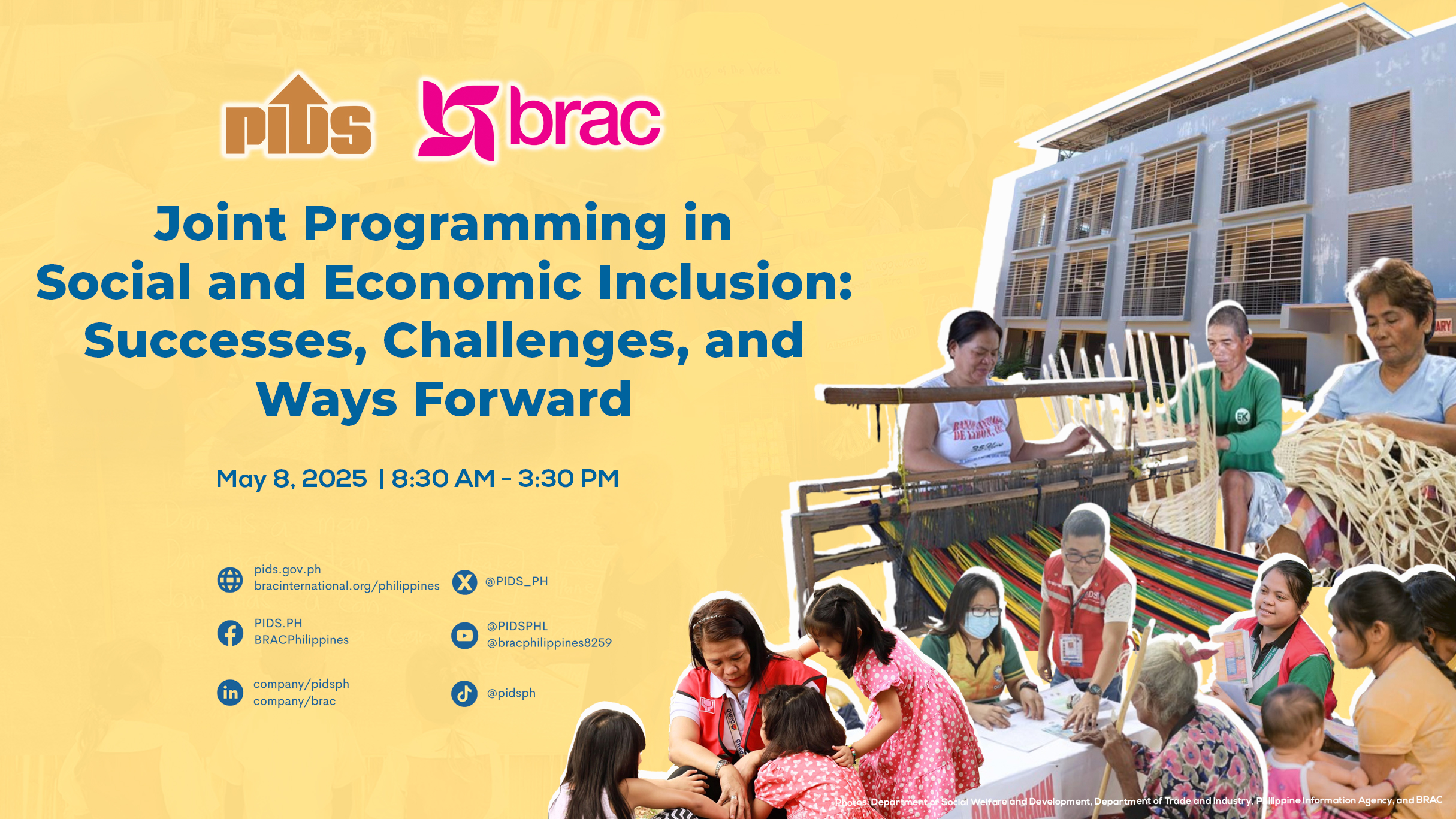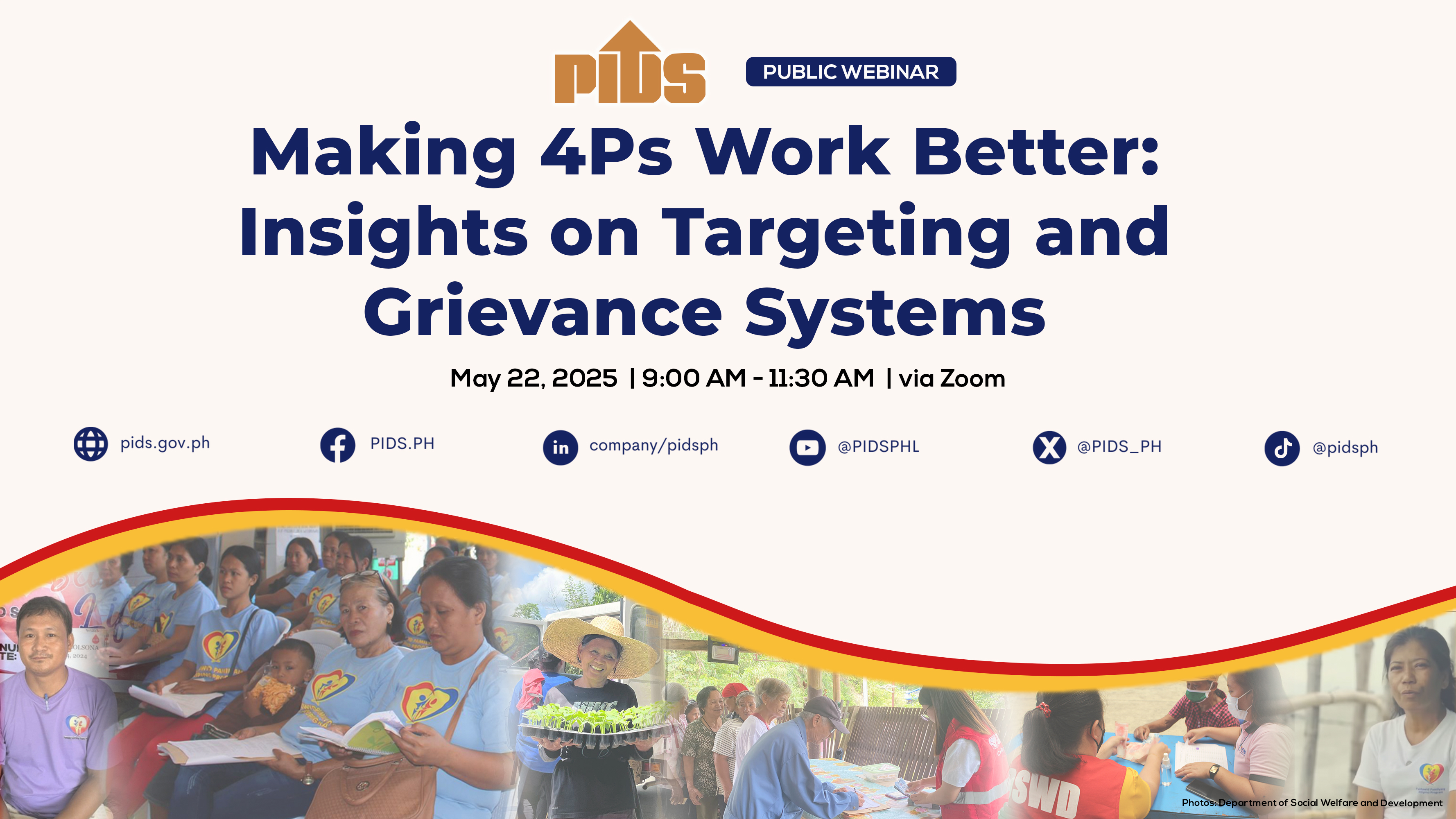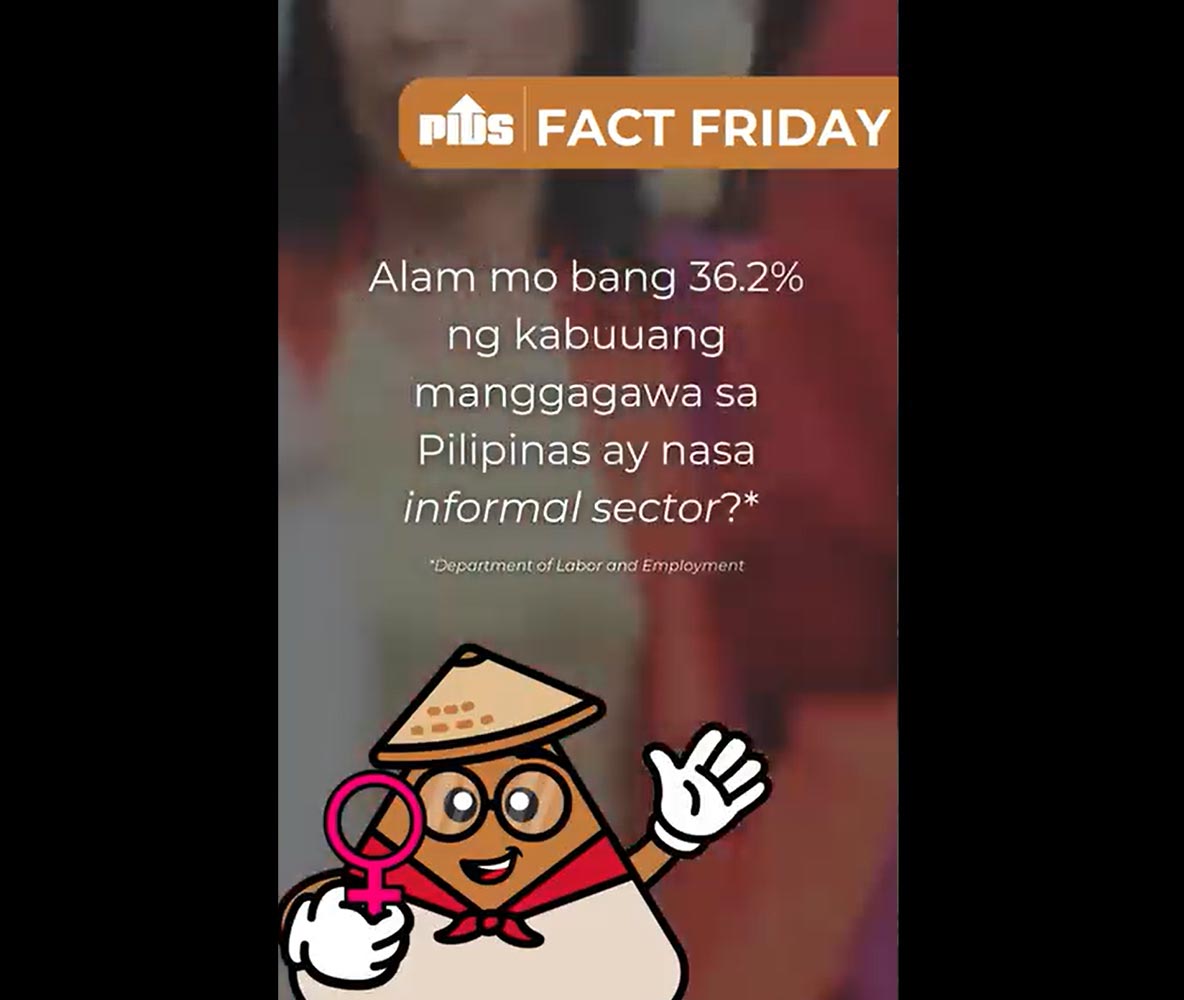This paper examines the country's investment incentive program for foreign investors and its success in attracting substantial FDI inflows. The analysis compares the FDI incentive system and FDI performance of the Philippines with other Asian countries. Since it is difficult to untangle the effect of tax incentives from other factors, the analysis also takes into account other factors such as level of competitiveness, costs of doing business, and availability of infrastructure. Our experience tends to suggest that in the absence of fundamental factors such as economic conditions and political climate, tax incentives alone are not enough to generate a substantial effect on investment decisions of investors nor can they compensate for the deficiencies in the investment environment.
Citations
This publication has been cited 7 times
- Aldaba, Rafaelita M.. 2014. . Philippine Journal of Development PJD, 39, nos. 1-2. Philippine Institute for Development Studies. .
- Ali, Mohammad and Alok K. Bohara. 2017. . International Economic Journal, 31, no. 2, 159-178 . Taylor & Francis Journals.
- Botman, Dennis, Alexander Klemm, and Reza Baqir. 2010. . Journal of the Asia Pacific Economy, 15, no. 2, 166-191 . Taylor & Francis Journals.
- International Monetary Fund. 2012. . IMF Staff Country Reports 2012/060. International Monetary Fund.
- Klemm, Alexander D., Dennis P. Botman, and Reza Baqir. 2008. . IMF Working Papers 2008/207. International Monetary Fund.
- Philippine Institute for Development Studies. 2008. . Development Economics Working Papers 22681. East Asian Bureau of Economic Research.
- Reyes-Macasaquit, Mari-Len. 2008. . Development Economics Working Papers 22690. East Asian Bureau of Economic Research.

